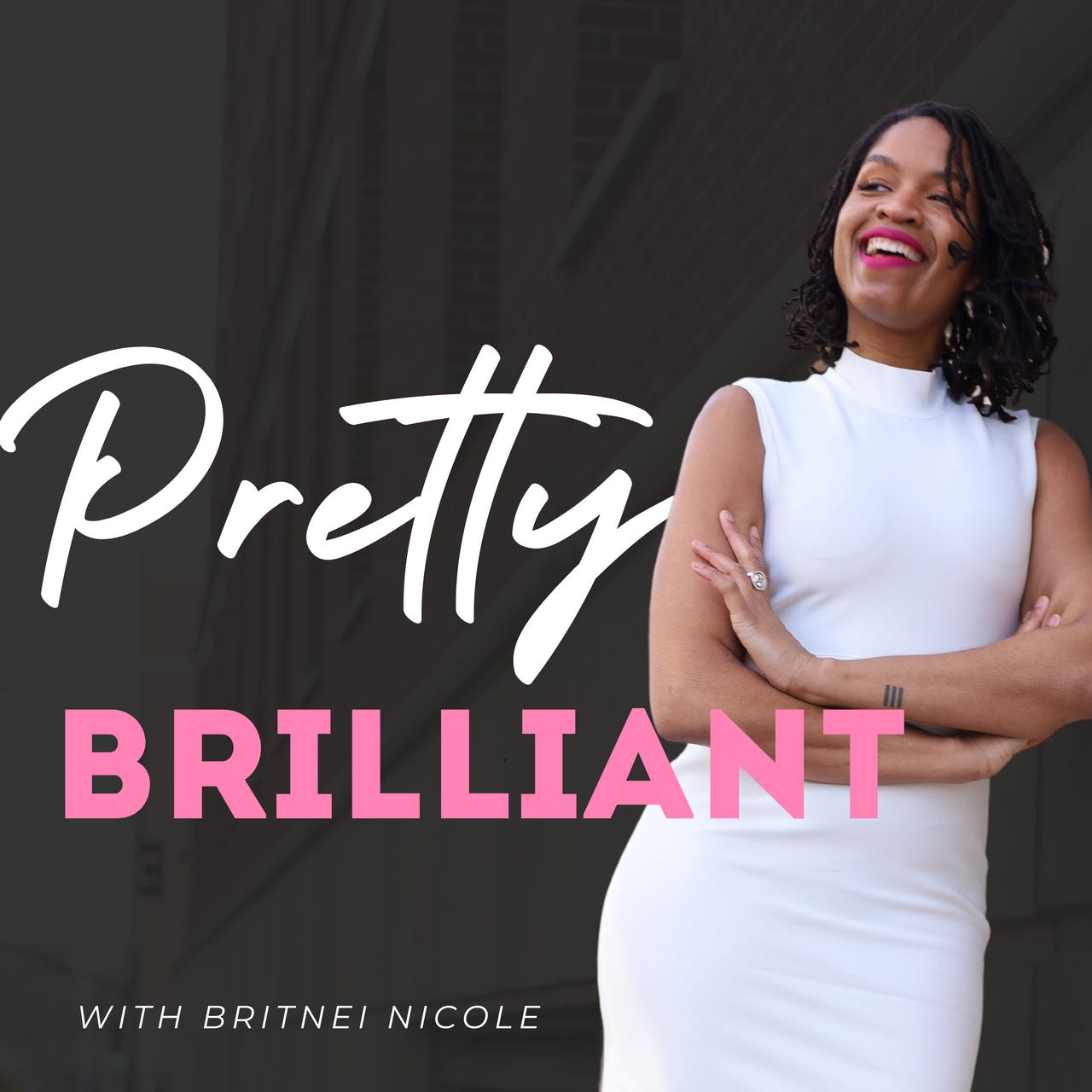How To Navigate People You Don't Trust
A few years ago I was struggling with severe nervous system dysregulation. I started having nightly panic attacks, that spiraled into daily panic attacks about having panic attacks.
It was an extreme wakeup call. I had to make many changes to my diet and lifestyle and I treated it like my life depended it (it did).
One of the things that had to go was alcohol. Not drinking, wasn’t a big deal for me but it did reveal a pattern. Alcohol was a key theme in my social life.
I’d find myself defending my reason for not drinking and being called names. I’d find myself feeling left out because “everyone else” was invited and not me. I’d find myself at events with people that I called friends but realized that without alcohol I didn’t really enjoy their company.
This story is parallel to what often happens when you start healing your mindset and becoming self reflective. Things begin to look differently including the people you find yourself in relationship with. It’s very challenging when you’re growing and you know longer “fit” with the people you’ve been fitting with.
I know exactly what that awkward, uneasy, unsure place feels like. You’re starting to find your voice…but you don’t quite know what to say yet.
You realize you need better boundaries…but you don’t know which ones to set or how to do it.
The framework below is specifically for navigating people you don’t trust, don’t feel comfortable with, or aren’t interested in who also happen to still be in your life. I call it the Spectrum of Contact.
(P.S. Here’s the video version if that’s your Jam)
The Spectrum of Contact
No Contact: No access. No exchange. No rent-free space in your head.
Emotional Attention: Zero.
Social Engagement: None. This includes blocking, ignoring, avoiding, and also not responding to indirect attempts to re-engage. Silence is not passive here. It’s surgical.
No access. No exchange. No energetic leakage.
This is the nuclear option. You’re allowed to use it. It exists for a reason. It’s not petty. It’s not cruel. It’s clean.
Controlled Contact: Interaction only happens under your terms, within your timing, with your rules.
Emotional Attention: Low
Social Engagement: Limited and structured. They reach out. You respond when it makes sense. Think: inbox only, business hours only, short replies only. You treat it like a scheduled transaction, not a connection.
Functional Contact: This is times you share space or responsibilities and you don’t control the terms (ex: Work, co-parenting. group projects, anyone tied to you by circumstance etc.)
Emotional Attention: Low
Social Engagement: The key here is strict specificity. You stay present enough to be effective, but not open enough to absorb anything. You only engage on shared responsibilities. Everything else? Off limits. You’re not cold. You’re just clear.
Level 3: Unfocused Contact: This is for times where you chose to be somewhere, but you don’t choose who gets to be there (ex: family events, mutual friend hangouts, church/worship spaces, etc.)
Emotional Attention: Low
Social Engagement: Polite but minimal. You’re not on guard. You’re not investing. You’re just… not available. You’ll greet or acknowledge someone. But you won’t initiate, deepen, or follow up.
Do You Notice The Pattern?
The core theme here is Low Emotional Attention. What changes with each of these levels of contact is if/how/when you communicate and what you talk about.
But what does not change is how much emotional engagement you give…little to none.
Interacting with people you don’t trust is an energetically draining. If you must engage with them them minimize the cost to you by protecting your emotional attention.
Would you like to learn more about emotional attention/emotional control?
Leave me a comment below and let me know if I should break that down next!
-Britnei Nicole
Work With Me
📚Buy My Book ✨ Go Love Yourself✨
📚 Buy My Book ✨The Millionaire Mindset✨
📚Buy My Book That Uninstalls Your ✨ The Reprogramming Lab✨


